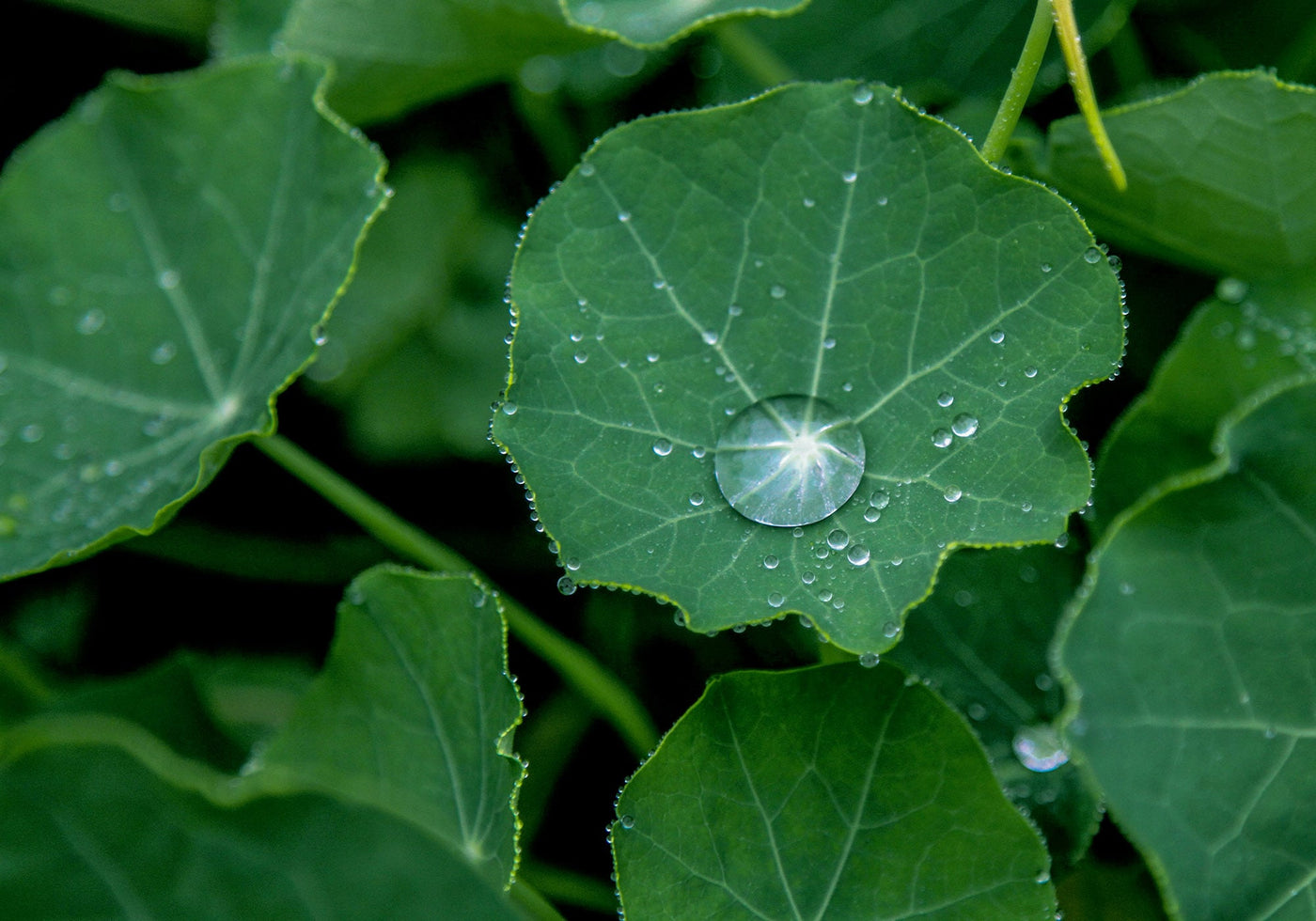Your Cart is Empty


Will Wildflowers Grow in The Shade?
Are you trying to grow wildflowers but want to figure out if it is possible to grow them in the shade? This guide will provide all the answers that you require. Growing wildflowers can be a unique experience, even for veteran gardeners who have not worked with them before. There is something entirely different about these wild plants that make them unique from any other domestically grown species of plants. Their resilience is particularly attractive these days as more and more people are trying to get into gardening that does not require too much effort.
It is no secret that wildflowers can grow in places where most other plants would not survive. Their ability to continue thriving even with little human input makes them a great starting point for people who want to enjoy a garden and have the space to spare. Yes, it may not look that good in a well-maintained suburban area, but for the right person, they can provide a wonderful sight right in their backyard. If you are planning to plant them in an area with trees and shrubs covering everything, the following question has probably popped up in your mind as well.
Do Wildflowers Require Direct Sunlight?
The answer to this question is, it depends. It is a different affair for every species and the best you can do is observe the plants in their natural habitat. However, there are almost no species of wildflowers that can grow in a place where trees completely block the sunlight. They may not need direct light from the sun, but some light is still necessary for their growth. Typically, these can be the edges of forests where the trees are not so dense or at the bottom of hedgerows. While these places do not allow direct sunlight to reach them, they keep the plants open to indirect light or beams that may be passing through the branches above them.
Wildflowers Options for Growing in Shade
If you cannot plant your wildflowers in the open and want something that can grow well in the shade, you have plenty of options to choose from. Here are some options that do well if you plant them in places like a shady bed or maybe a woodland garden.
Seeds vs Plants
When it comes to growing wildflowers in the shade, growing them from scratch can be a real pain to deal with. The germination process is quite hard, and you may be required to provide specific growing conditions for them. The season also needs to be carefully selected for seeds otherwise, you cannot grow them properly. In addition to that, the chances of losing plants are also great since seeds are also a staple food source for birds.
We think that buying plants instead of seeds would be a better option as you would not need to make such a high effort for your plants to grow. After all, the whole point of growing wildflowers is to minimize the work you need to ensure optimal growth.
Conclusion
As long as you choose to use grown-up plants for your shady bed or woodland garden, the maintenance you will need to do will be quite minimal. The only real requirement is a moist area, and you can promote further growth by using mulch, which provides nourishment and minimizes weed growth. The options shared here are only a few of the many choices you have when growing them in the shade. We recommend that you survey your local area and see what wildflowers are thriving in shady areas and add them to your garden.
You can also join over 40,000 other fans, and try growing wildflowers with seed balls. So far we've grown over 10 BILLION wildflowers for the bees, but we need your help to reach our next goal of 25 BILLION.
Comments will be approved before showing up.